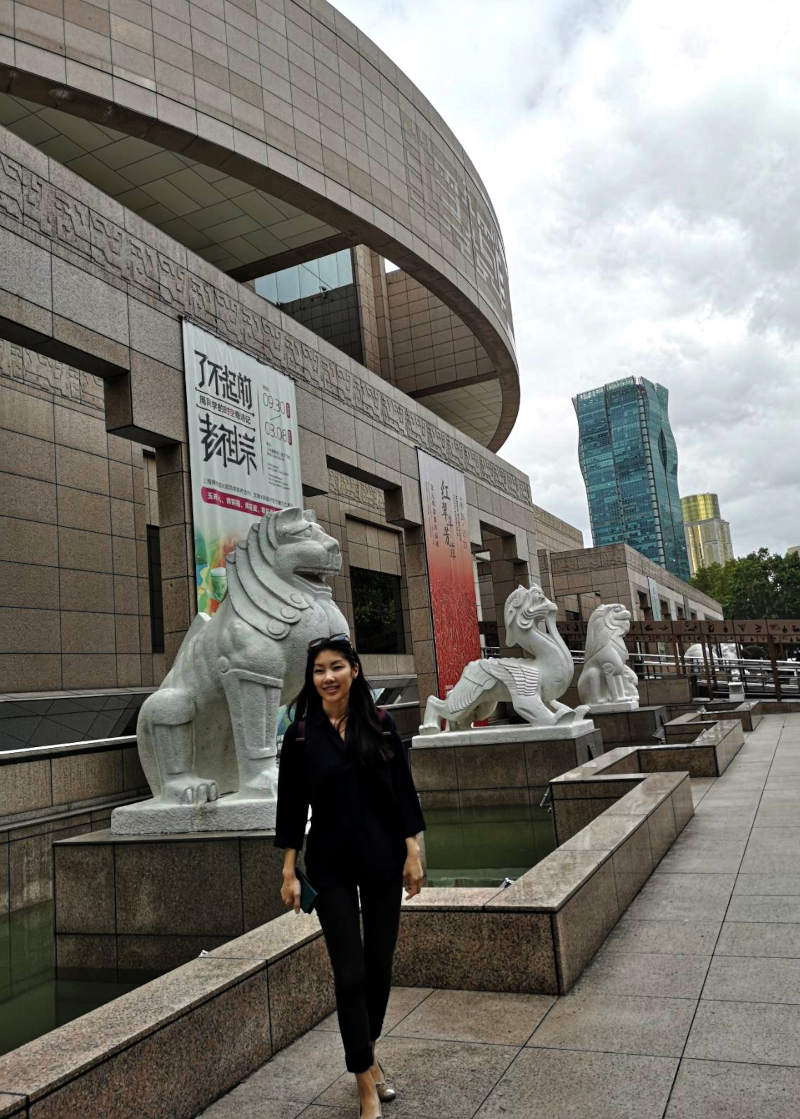
Text and Photo © 2026 JE Nilsson, CM Cordeiro
Through Old and New Shanghai: Museum Treasures to Bund Lights
Shanghai, October 2025
Some days are perfectly choreographed without having the need to plan much. An October 2025 morning in Shanghai began with ancient porcelain and ended with the glittering skyline reflected in the Huangpu River, a journey from 8,000 years of ceramic history to the electric pulse of modern China.
Morning: Porcelain Pilgrimage at Shanghai Museum East
We arrived at the Shanghai Museum East Campus in Pudong just after opening, beating the mid-morning crowds. The sprawling 113,200-square-meter building on Century Avenue is a world away from the iconic bronze ding-shaped museum at People’s Square. Where the original building evokes ancient ritual vessels, the East Campus, opened in late 2023, is all soaring ceilings, natural light, and the kind of spaciousness that lets you actually breathe around priceless artifacts.
Continue reading “Through Old and New Shanghai: From Museum Treasures to Bund Lights”









